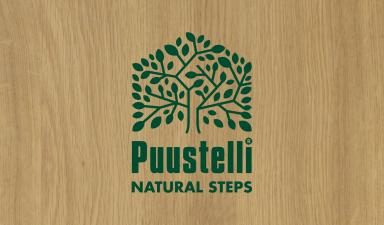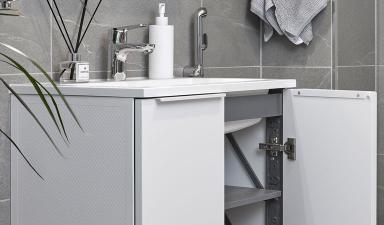What carbon footprint?
Carbon footprint means the total amount of global warming emissions from our operations. Measuring our carbon footprint helps us to identify significant sources of emissions so that we can allocate emission-reducing measures to the right things. Puustelli’s direct emissions (Scope 1 & 2) are emissions that we can control ourselves such as the heating of our production facilities, and the vehicles or the electricity we use. Indirect emissions (Scope 3) on the other hand originate in situations which are outside our direct influence such as our employees’ commuting to work or transports of raw materials.
Our ambition is carbon neutrality by 2035
Besides minimizing our own emissions, we also aim to be carbon neutral also with regard to the indirect emissions in our production processes. Carbon-neutral production means a Puustelli product creates only as much emissions as can be captured from the atmosphere. When our production is carbon neutral, the emissions ensuing from our operations will no longer result in increased amounts of total carbon in our atmosphere. The removal of carbon from the atmosphere takes place by means of carbon sinks which naturally bind carbon dioxide. The seas and forests are our most important natural carbon sinks, and we safeguard the wellbeing and growth of these in partnership with Puuni Oy, Ilmastokummit Oy and John Nurminen Foundation.
Positive carbon handprint of kitchens
Our carbon handprint describes the positive climate impacts arising from our operations. A positive handprint is created, for example, when a product enables the client to have a smaller carbon footprint. As the wood material used in the furniture has grown, it has sequestered carbon dioxide from the atmosphere and stored the carbon it contains in the wood. This means that the carbon stored in our wood and bio-based raw materials remains there, often for decades, during which time this carbon dioxide is removed from our atmosphere.









